

Exploring the Food Groups — Newsletter for Fifth Grade Curriculum Lesson 6: Fruits (Bundle of 25)
Reviewed $12
Editor's note
The following abstract describes a publication that is available for purchase or as a downloadable PDF.
If reprinting or copying, please complete the permissions form that can be found on the reprint and copy guidelines page. If sharing or posting, please link directly to this page.

Adventures in Nutrition With the Show Me Chef — Newsletter for Kindergarten Curriculum Lesson 1: Hand Washing (Bundle of 25)
Reviewed $12
Editor's note
The following abstract describes a publication that is available for purchase or as a downloadable PDF.
If reprinting or copying, please complete the permissions form that can be found on the reprint and copy guidelines page. If sharing or posting, please link directly to this page.

Exploring the Food Groups — Newsletter for Fifth Grade Curriculum Lesson 9: Snacks (Bundle of 25)
Reviewed $12
Editor's note
The following abstract describes a publication that is available for purchase or as a downloadable PDF.
If reprinting or copying, please complete the permissions form that can be found on the reprint and copy guidelines page. If sharing or posting, please link directly to this page.

Adventures in Nutrition With the Show Me Chef — Newsletter for Kindergarten Curriculum Lesson 6: Dairy (Bundle of 25)
Reviewed $12
Editor's note
The following abstract describes a publication that is available for purchase or as a downloadable PDF.
If reprinting or copying, please complete the permissions form that can be found on the reprint and copy guidelines page. If sharing or posting, please link directly to this page.

Managing Ponds and Lakes for Aquaculture and Fisheries in Missouri: Controlling Nuisance Aquatic Vegetation
Reviewed
Learn to identify and control nuisance aquatic vegetation in Missouri ponds and lakes, ensuring optimal conditions for aquaculture and fisheries.
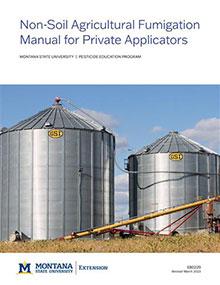
Non-soil Agricultural Fumigation Manual for Private Applicators
Revised $11
This manual covers the basic information about fumigating grain bins to protect stored feed and grains.

Eating From the Garden: Gardening for Kids Promo (Bundle of 25)
New $10
This flier is for promoting the Eating From the Garden program.
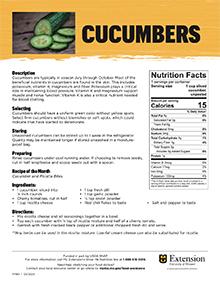
Promoting Produce: Cucumbers Handout (Bundle of 25)
New $10
This handout provides information regarding cucumbers in your diet.
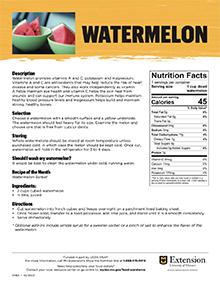
Promoting Produce - Watermelon Handout (Bundle of 25)
New $10
This handout provides information regarding watermelon in your diet.

Promoting Produce: Spinach Handout (Bundle of 25)
New $10
This handout provides information regarding spinach in your diet.

Preserve It Fresh, Preserve It Safe: 2023, No. 2 (March/April)
New
Learn about canning options for preserving food safely, from boiling water bath canners to pressure canners, and tips for homemade fruit roll-ups.
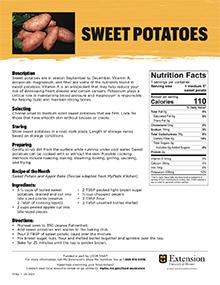
Promoting Produce: Sweet Potatoes Handout (Bundle of 25)
New $10
This handout provides information regarding sweet potatoes in your diet.
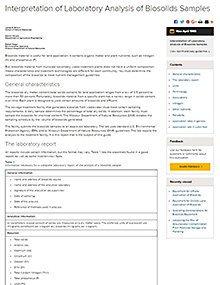
Interpretation of Laboratory Analysis of Biosolids Samples
Reviewed
This guide explains how to interpret biosolids lab reports for safe land application and compliance with environmental standards.
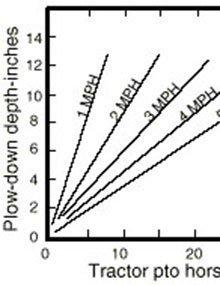
Operating Considerations for Biosolids Equipment
Reviewed
This guide provides calculations and equipment considerations for land-applying biosolids based on nutrient targets and application rates
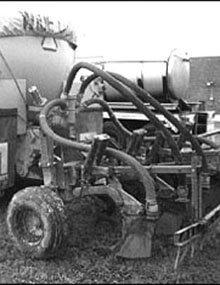
Equipment for Off-site Application of Biosolids
Reviewed
Provides guidance on equipment used for off-site land application of biosolids, focusing on logistics, equipment types, and operational considerations.

Biosolids Standards for Metals and Other Trace Substances
Reviewed
Biosolids contain nutrients beneficial for crops but must meet strict limits on metals and trace substances to ensure safe land application.
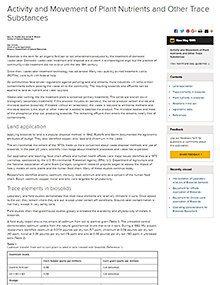
Activity and Movement of Plant Nutrients and Other Trace Substances
Reviewed
Biosolids are a product of the municipal wastewater treatment process. Typically, biosolids contain minerals and organic matter that can be beneficial to agricultural land.

Equipment for On-site Land Application of Biosolids
Reviewed
This publication discusses equipment used for on-site land application of biosolids, including pumps, pipelines, and applicators.
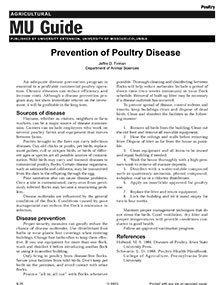
Prevention of Poultry Disease
Reviewed
An adequate disease prevention program is essential to a profitable commercial poultry operation. Chronic diseases can reduce efficiency and increase costs. Learn the sources of poultry diseases and measures that can be taken to prevent them.
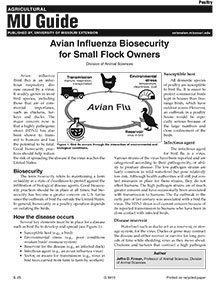
Avian Influenza Biosecurity for Small Flock Owners
Revised
Protect your backyard flock from avian influenza with practical biosecurity tips to reduce disease risks during outbreaks.
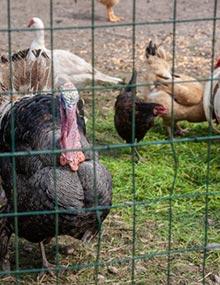
Control of Poultry Disease Outbreaks
Revised
Poultry owners should immediately begin an investigation if a disease is suspected in a flock. Obvious disease signs and symptoms can be identified on the farm, while others may require laboratory assistance for proper diagnosis.
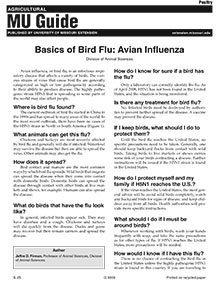
Basics of AI: Avian Influenza
Revised
Avian influenza is a contagious respiratory disease affecting birds, with some strains causing severe illness and high mortality in poultry.

Monitoring Requirements for Biosolids Land Application
Revised
Guidelines for biosolids land application, covering monitoring frequencies, sampling methods, and compliance with EPA and Missouri environmental regulations.

Biosolids Standards for Pathogens and Vectors
Reviewed
Learn how to maintain a healthy, eco-friendly lawn using natural products, proper mowing, soil care, and pest control practices.

Biosolids Index of Publication Titles, Nomenclature and Conversion Factors
Reviewed
Comprehensive guide to biosolids terminology and conversion factors, aiding in accurate calculations for land application and environmental management.